When time is brain
17 Oct 2024 Future LeadersTime and circumstances sometimes align in the most perfect way, making what we seek also seek us. This has been the case in the development of the stroke treatment system in Honduras.
Time and circumstances sometimes align in the most perfect way, making what we seek also seek us. This has been the case in the development of the stroke treatment system in Honduras.
From: Dr. Javier Lagos Servellón
Stroke is the leading cause of mortality and disability in the largest hospitals in Honduras, with in-hospital lethality rates of 28% and a combined morbidity and mortality rate of 74%. In a low-income country, these statistics are extremely worrying.
In March 2023, I returned to Honduras to work at the Mario Catarino Rivas Hospital in San Pedro Sula, an industrial city with approximately one million inhabitants. This hospital is the primary referral center in northwestern Honduras. Upon my arrival, the hospital lacked essential resources such as tomography, rtPA, cardiac monitors, sufficient beds, and evidence-based stroke management. Approximately 2-3 stroke cases were admitted daily. The outlook was bleak, with many challenges to overcome.
Fortunately, I was selected for the WSO-Stroke Future Leaders program, which was crucial for the exponential growth of stroke services in Honduras. I knew I would need support to make significant changes in the country. The program came at the right time and place, providing invaluable assistance. I learned lessons, including clinic-interventional lessons, such as engaging with authorities, delivering clear and understandable stroke lectures designed for different audiences, and building a dedicated team focused on stroke patients. Without policies, standards, and a cohesive team, nothing else would matter.
Here's what we have achieved in 1.5 years:
- We launched the CA-MA-LE-ON campaign for stroke recognition, equivalent to FAST, created by Miguel Barboza from Costa Rica, Stroke Future Leaders cohort 1.
- Monthly lectures on acute stroke management are held for general practitioners, internal medicine residents, and undergraduate students.
- We implemented a pre-established data collection format for stroke patient admissions, including times and scales based on current evidence.
- We started a registry of stroke patients in RES-Q, and the hospital assigned a social service physician dedicated to neurological patients and data collection for stroke research.
- Through industry support, we obtained hospital beds and cardiac monitors, addressing the shortage of beds that prevented proper head positioning for stroke patients.
- The hospital expedited the purchase of a CT scanner for rapid brain imaging in the hyperacute phase, allowing us to open the first stroke unit in the public health system in northern Honduras.
- Through anonymous donations and industry support, we acquired doses of rtPA, enabling IVT for 10% of patients, mostly managed by first contact doctors in the emergency room, with appropriate follow-up care.
- We established a partnership with a private hospital to reduce the cost of mechanical thrombectomy to a quarter of the price for public hospital patients, with materials donated by individuals in the US and Mexico.
Honduras indeed faces many challenges, but the WSO Future Stroke Leaders program provided me with the tools to find solutions and anticipate future problems. Beyond being a stroke neurologist, the program taught me to be a leader. I will always be grateful to the program and the many people who have supported this initiative, which is just beginning.
This work is not mine alone; it has been a collective effort of many individuals. I thank Enrique Castellanos, Victor Escobar, Adnan Mujanovic, Ena Miller, Tulio Murillo, Jorge Ortiz, Selvin Reyes, Arthur J Ulm, Gustavo Venegas, José Barrrientos, Pasqualle Mordasini, Tomas Dobrocky, Eike Piechowiak, Jan Gralla, Nadia Membreño, Hieke Hesse, Janet Bu, CEMESA Hospital, Jane Kalife, the Internal Medicine Residency and Neurology Resideny- UNAH, Isaac Trejo, among many others.
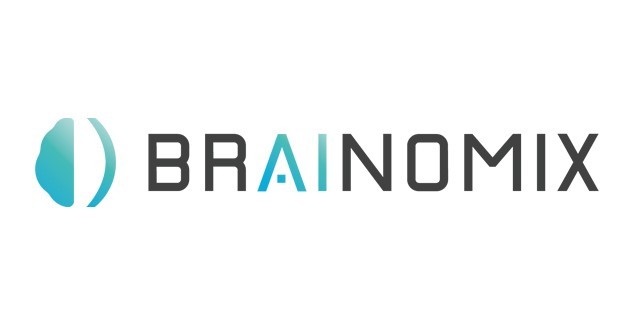 Corporate Supporters
Corporate Supporters
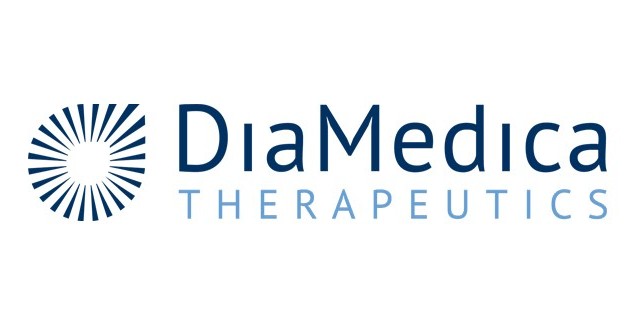 Corporate Supporters
Corporate Supporters
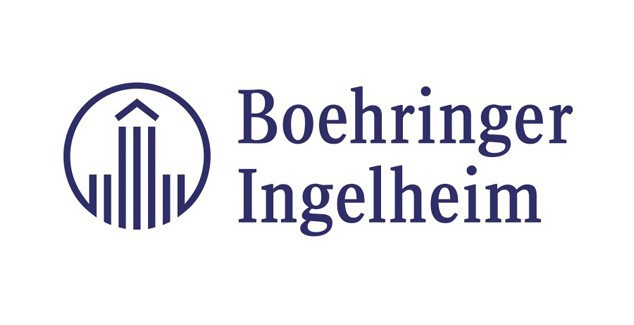 Platinum Plus
Platinum Plus
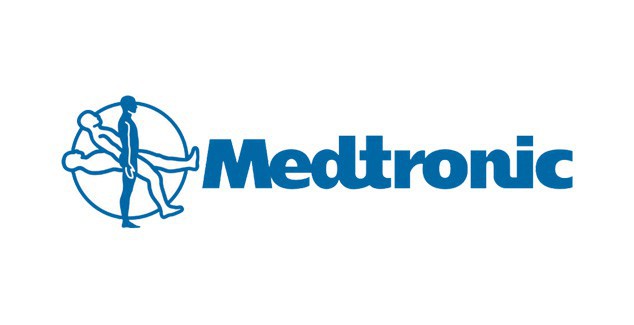 Platinum Plus
Platinum Plus
 Bronze
Bronze
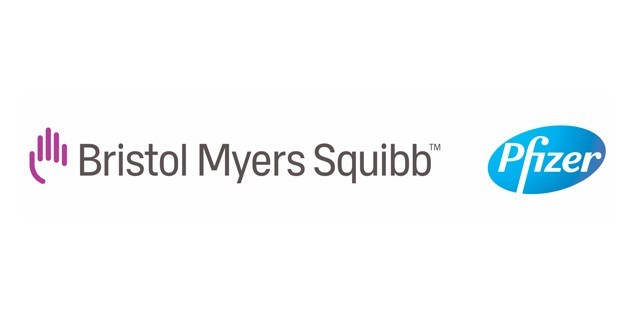 Silver
Silver
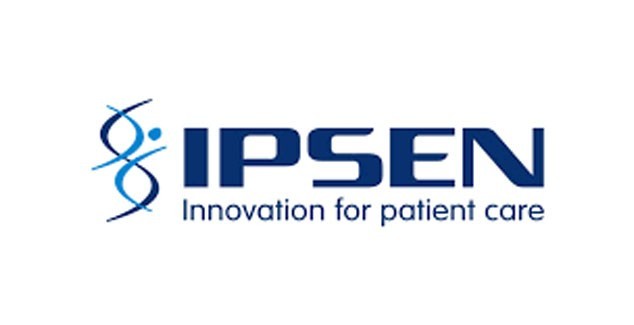 Gold
Gold
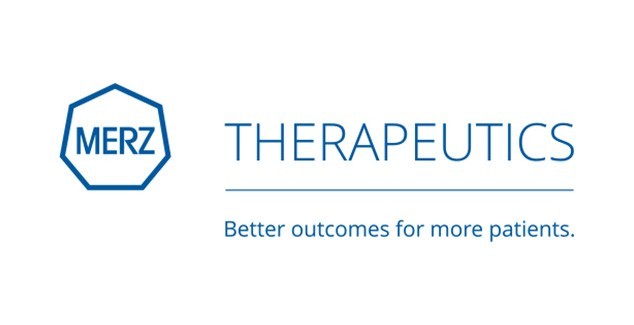 Silver
Silver
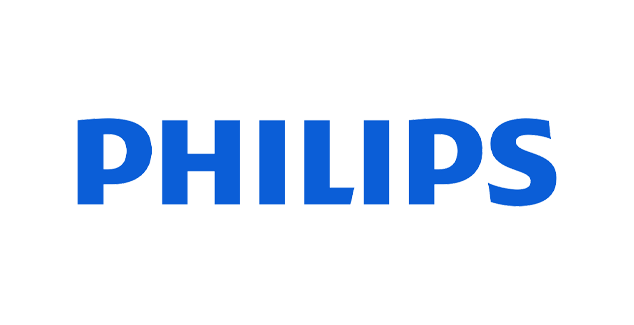 Silver
Silver
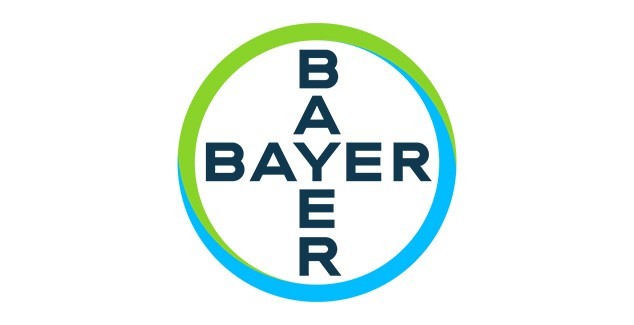 Bronze
Bronze
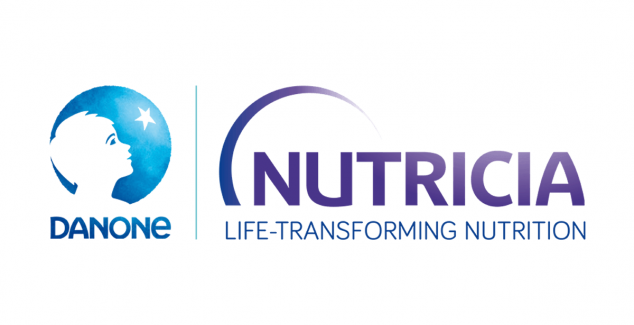 Bronze
Bronze
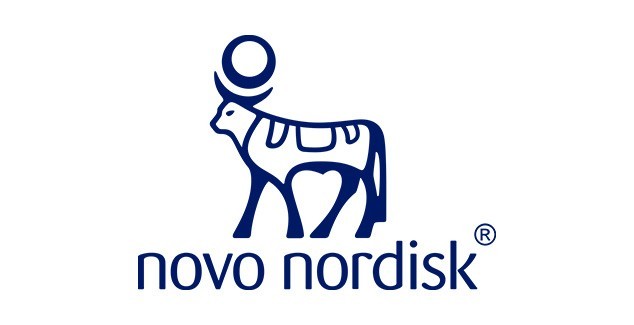 Bronze
Bronze
 Bronze
Bronze
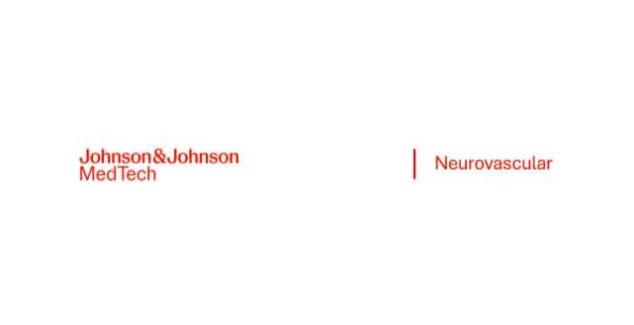 Silver
Silver